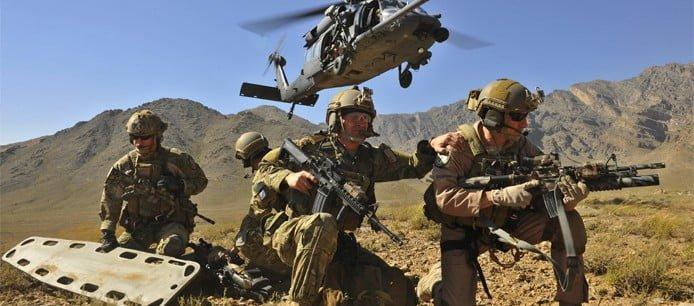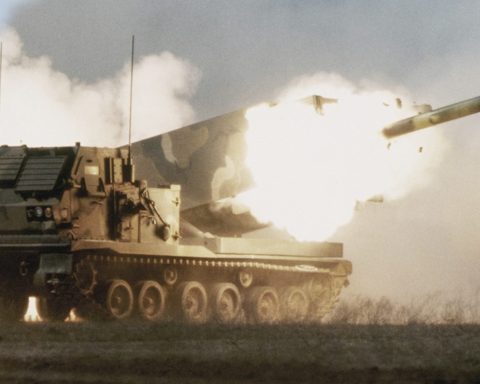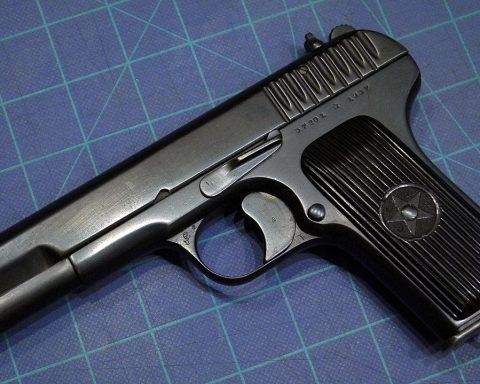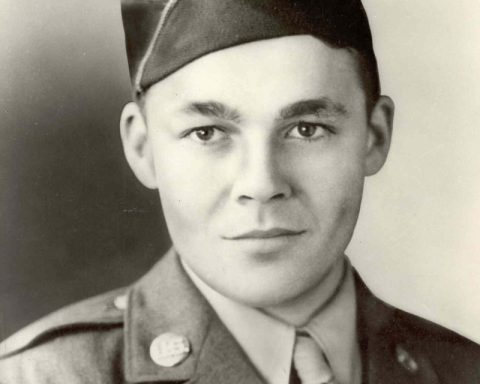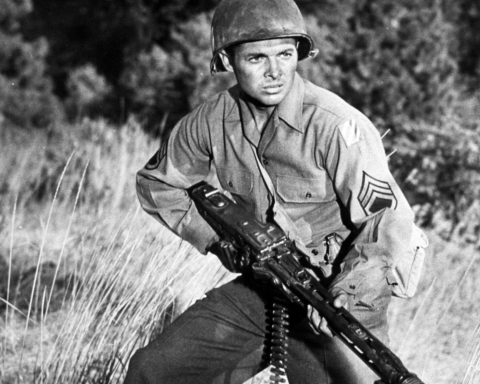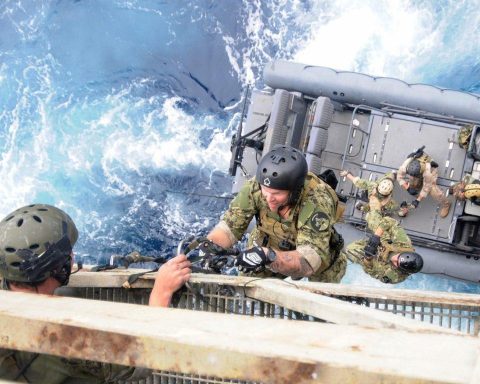Medical evacuation, often shortened to MEDEVAC or MEDIVAC, 9-line MEDEVAC is the timely and efficient movement and en route care provided by medical personnel to wounded being evacuated from a battlefield or combat zone to injured patients being evacuated from the scene of an accident to receiving medical facilities, or to patients at a rural hospital requiring urgent care at a better-equipped facility using medically equipped ground vehicles (ambulances) or aircraft (air ambulances).
In fact, the 9 Line is basically the Army’s version of calling 911 (in tactical field cases where calling 911 itself is unavailable). And it is a standardized report to be 9 lines long for simplicity and communication.

Most common when referring to a 9 line though is a MedEvac request. One of the big differences is that when a soldier (operator, combat medic) calls in a 9 Line, they’re expected to know all the lines and read off all the information to the medical unit dispatcher at the other end of the radio, who in theory should only have to acknowledge the radio call and not really have to say anything else (in theory… in reality sometimes they do have to coach the Soldier calling in thru the lines if need be, but that’s the exception to the norm).
9-line MEDEVAC steps
- Step 1: Conduct care under fire and TCCC (Tactical Combat Casualty Care)
- Step 2: Determine the number of patients by type of
- Step 3: Contact MEDEVAC channel
- Step 4: Using 9-Line MEDEVAC format call-in MEDEVAC.
The first 5 lines are most important when calling in a MEDEVAC, the other 4 can be relayed when birds are in the air. Ensure you have a safe LZ (Landing Zone) for the landing party.
Example of 9-Line MEDEVAC
“Bravo five this is Victor two, request 9 line MEDEVAC” “Victor two this is Bravo five prepared to copy” “Line one, one eight sierra whiskey papa one two tree one four five one seven” “Line two, two seven zero zero Bravo Five” “Line tree, alpha one, bravo tree” “line four, alpha” “line five, alpha four” “How copy over?” At this point, the MEDEVAC line will repeat all given and initiate a movement for MEDEVAC.

Once in the air, the operator will relay the final four lines in the same manner given. It’s always important to remain calm on the radio and ALWAYS have a 9 Line MEDEVAC on hand.
NATO 9-LINE MEDEVAC FORMAT
NATO 9 Line Line 1: Location of Pickup Site (Grid or latitude/longitude) Line 2: Frequency & Call Sign At Pickup Site Line 3: Number of Patients By Precedence
- Urgent (Non-Surgical)- evacuate within 2 hours
- Urgent-surgical (All Trauma)- need immediate Surgical Care
- Priority– evacuate within 4 hours
- Routine– evacuate within 24 hours
- Convenience– evacuate when possible
Line 4: Special Equip. Req (hoist, ventilator, extraction device) Line 5: Number of Patients by Type: L+# of litter patents A+# of ambulatory patients Line 6: Wartime: Security of Pickup Site N- No Enemy Troops P- Possible Enemy Troops in Area E- Confirmed Enemy Troops in Area (Use Caution) X- Engaged With Enemy Troops (Armed Escort Required) Line 7: Marking of Pickup Site (Panel, Smoke, Lights-What Color?) Line 8: Patient Status and Nationality (If Known) A= US/ Coalition Military, Nationality= B= US/ Coalition Force Civilian, Nationality= C= Non-Coalition Force Soldier, Nationality= D=Non US/Coalition Civilian, Nationality= E= Enemy Prisoner of War F= High-Value Target (Armed Escort Required) Line 9: WARTIME: NBC Contamination
9 Line MEDEVAC and 911 standards
Also, while the 9 Line format is standardized across the military, there’s no single, national standard list of 911 call taker questions. There ARE different competing standards, and each agency will have its internal standard.
